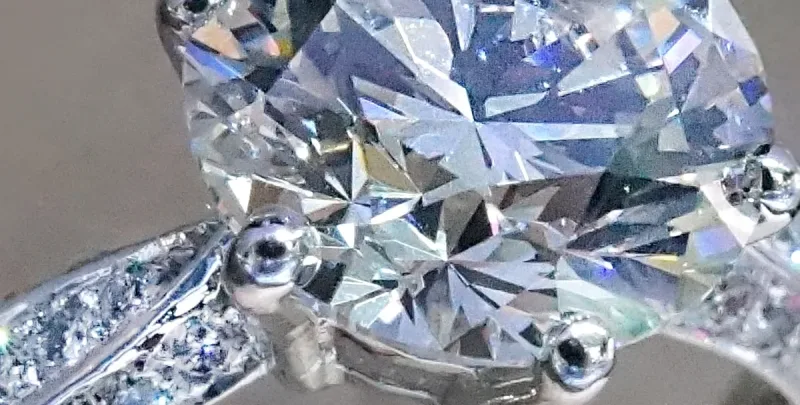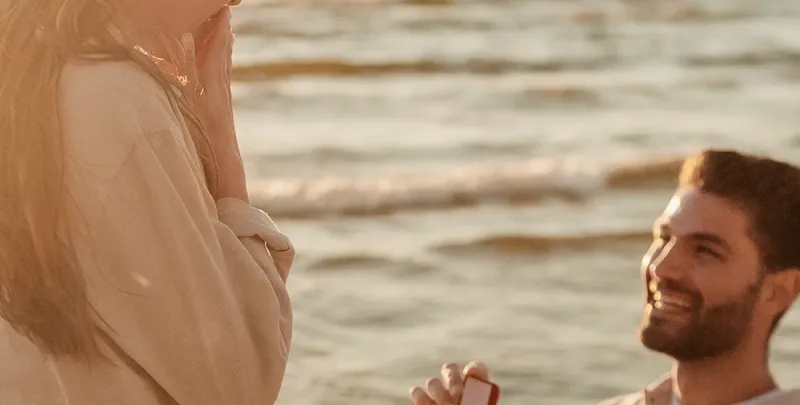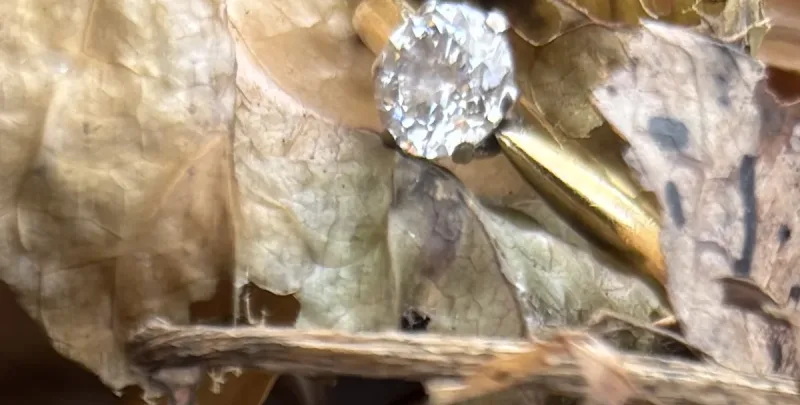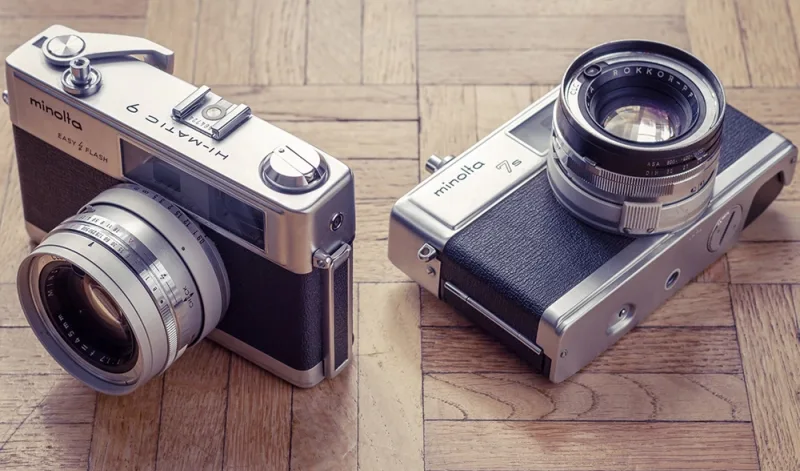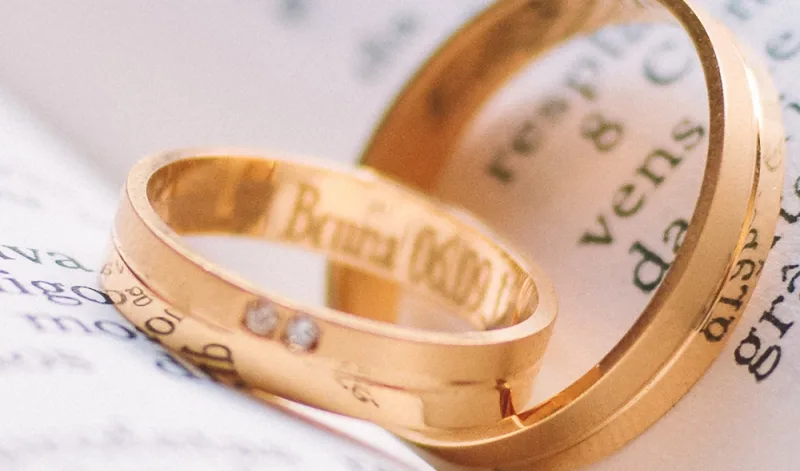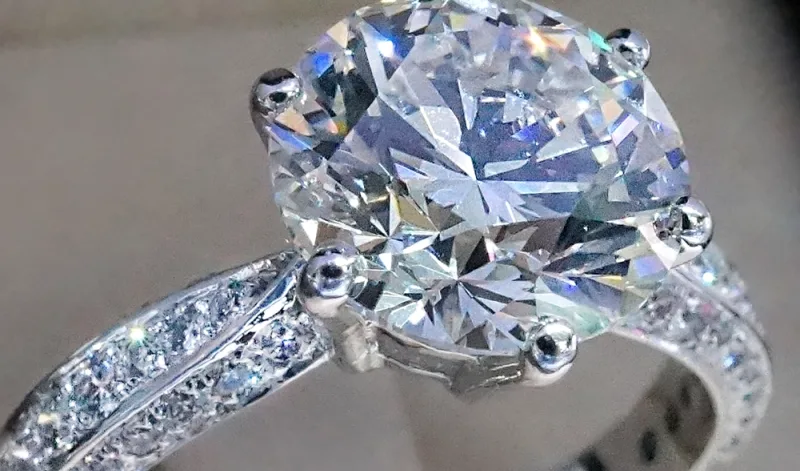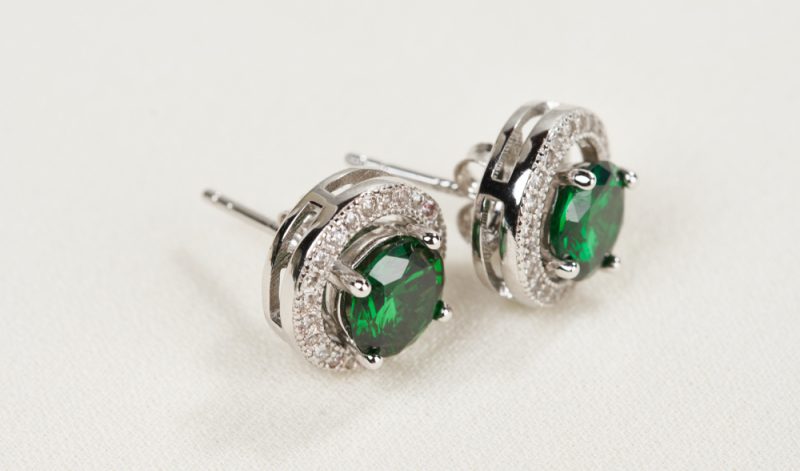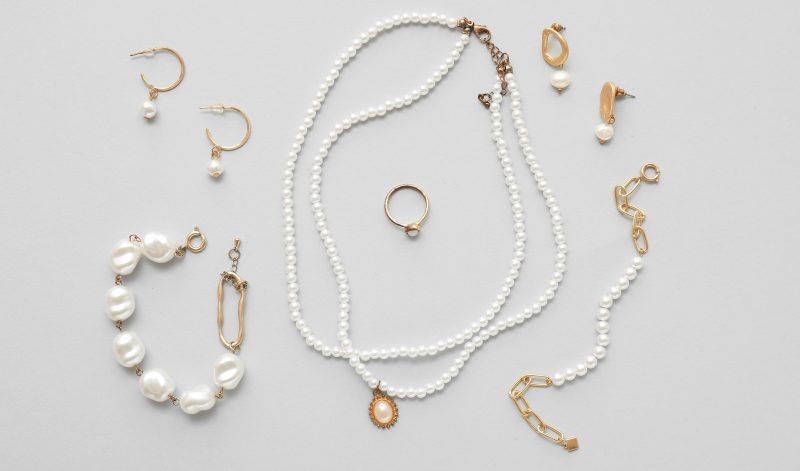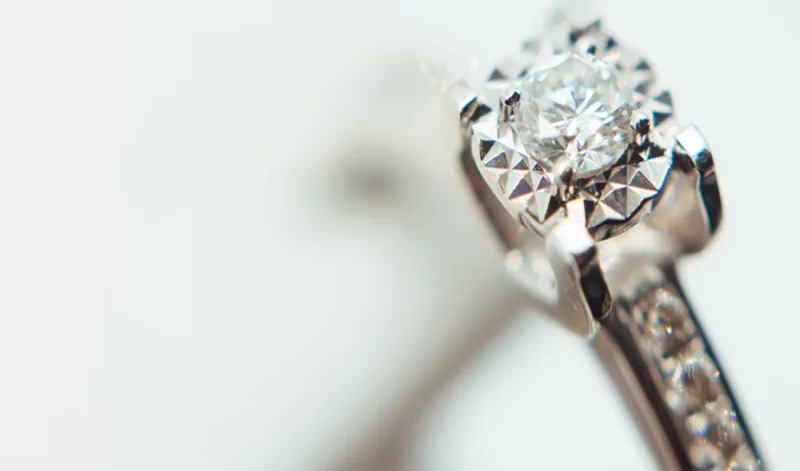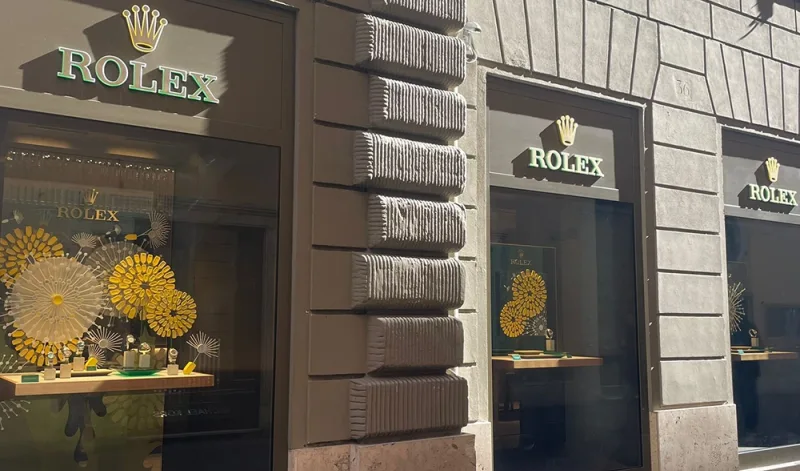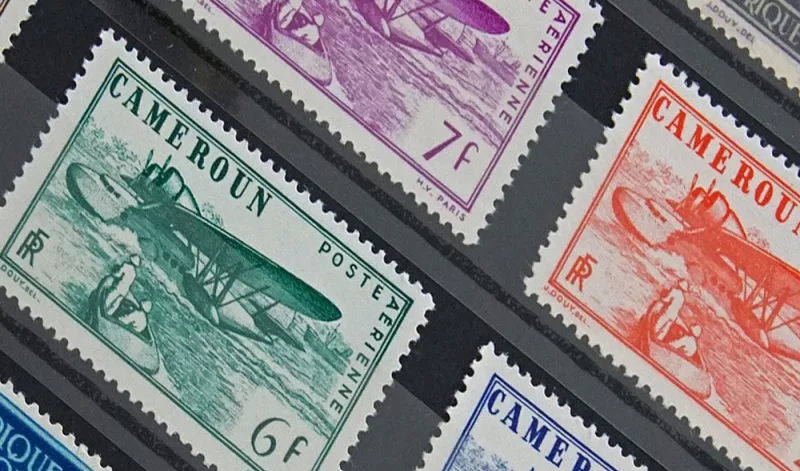The largest known natural blue diamond in the world
Legend has it that the Idol’s Eye was first discovered in the early 17th century (or before). However we need to wait over another two centuries – until 1865 – for the first authenticated account of the diamond to surface. This was when the stone appeared at a Christie’s sale in London, but the story of how and why it got there has been contested many times over the years.
A stone of many beginnings
Some trace the first mention of the stone all the way back to the tales of the A Thousand and One Nights collection of Middle Eastern stories, compiled during the Islamic Golden Age.
Others believe, as it has often been asserted, that it was originally set in the eye of an idol in a temple in Benghazi (Lybia), only to be stolen and sold on the black market. Yet this is unlikely as there are no temples or idols in Benghazi, it having been a Muslim city since 800 AD.
Equally popular is another story that claims the stone had belonged to a Persian Prince Rehab around 1607, only to have been seized by the East India Company as payment for debts that he owed. However no such person is recorded in the history of Persia, and the East India Company was only in its very early stages of existence at that time.
The only point generally accepted is that the 70.21 carat stone was probably minded in India’s Golconda District, as it possesses the same very light blue colour as many of the diamonds from that source.
On and off the record
When the stone turned up at the Christie’s sale on 14 July, it went to a mysteriously named ‘B.B.’; in 1906, the authenticated owner was identified as Abdul Hamid II (1842 – 1918), the 34th Sultan of the Ottoman Empire, also known as the ‘The Red Sultan’ or ‘The Great Assassin’. In 1909, the autocratic ruler was deposed and forced into exile, at the same time that the diamond resurfaced again at an auction in Paris.
There it was bought by a Spanish nobleman and kept in a London bank until the end of World War II when it was acquired by a Dutch dealer and sold onto Harry Winston, the famous American diamond jeweller. Winston then sold it on again to Mrs May Bonfils Stanton, the extremely wealthy daughter of Frederick G. Bonfils, publisher and co-founder of the Denver Post.
Changing hands
Once considered a great beauty, Mrs Stanton was an enigmatic character who lived alone in a mansion modelled on the Petit Trianon in Versailles, and who had nurtured a great interest in jewels since childhood (she also had several other famous diamonds among her collection). Mrs Stanton is said to have worn the diamond in its necklace setting each morning as she breakfasted alone. A huge supporter of philanthropic causes, the diamond was later sold upon her death in 1962, with the proceeds distributed among various charities under the instruction of her will.
At that point, the stone was bought for $375,000 by the Chicago jeweller, Harry Levison, for his wife, Marilyn. In 1967, the couple loaned it to De Beers to be exhibited at the Diamond Pavilion in Johannesberg, and then once again in 1982 to the Metropolitan Museum of Art (New York) for a reception marking the 50th anniversary of Harry Winston Inc.
The last named owner was the English jeweller and founder of Graff Diamonds, Laurence Graff, who then sold it for the final time in 1983, along with two other diamonds: the Emperor Maximillian and a fancy yellow named the Sultan Abdul Hamid II. All three went to the same anonymous buyer, making the sale one of the highest priced transactions ever known.
All diamonds are precious
Though the monetary value of your own diamonds may not be ranked quite as highly as the Idol’s Eye, all diamonds are extremely precious and unique. What would you do should your own go missing?
Nothing can replace a lost diamond but thankfully Assetsure’s standalone Engagement Ring Insurance looks after its financial worth – providing you with greater peace of mind.
